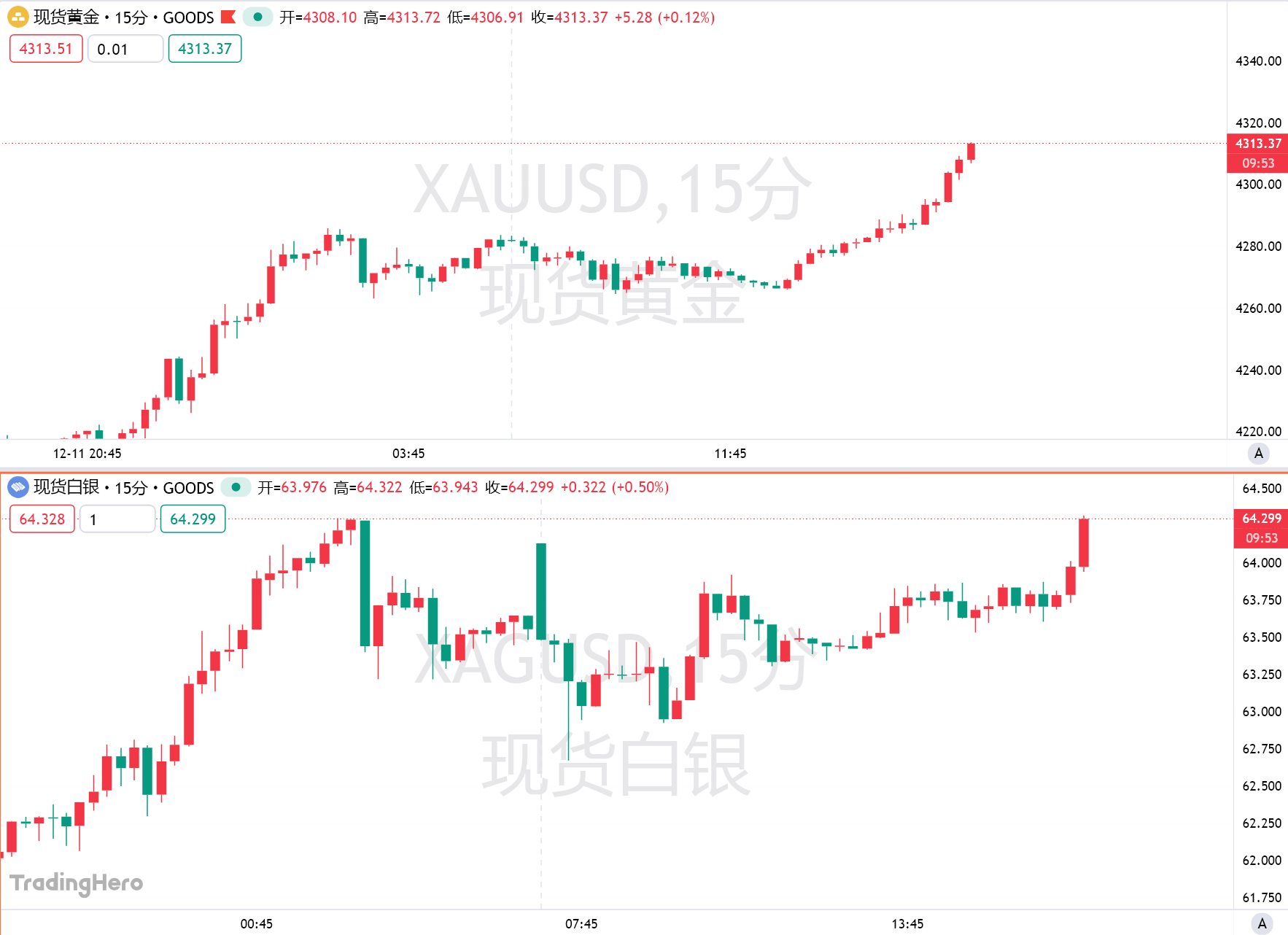How Ethereum’s Fusaka Upgrade Could Be a Game-Changer, Asset Manager VanEck Explains
Ethereum’s next major network upgrade, Fusaka, could reshape how users experience the blockchain by lowering costs and boosting efficiency, according to asset manager VanEck.
In its September crypto market recap, VanEck’s research team said Fusaka, expected to go live in December, is designed to tackle one of Ethereum’s biggest hurdles: data availability for rollups, the scaling solutions that bundle many transactions together before settling them on Ethereum.
Why Fusaka matters
The centerpiece of the upgrade is a technique called Peer Data Availability Sampling (PeerDAS). Instead of requiring every Ethereum validator to download all transaction data, PeerDAS allows them to verify blocks by sampling smaller pieces.
VanEck explained that this reduces bandwidth and storage demands, making it possible to safely raise Ethereum’s “blob” capacity — the data slots used by rollups — without putting strain on the network.
This matters because Ethereum developers have already doubled blob limits once this year, and demand continues to rise.
Coinbase’s Base and Worldcoin’s World Chain now account for about 60% of all rollup data submitted, VanEck noted, showing how central L2s have become to the network’s growth. By expanding capacity further, Fusaka is expected to cut costs for rollups, which should translate into cheaper transactions for end users.
Implications for ETH
VanEck argued that the upgrade underscores Ethereum’s shift away from being driven by base layer fees.
As more activity moves to rollups, mainnet fee revenue has declined, but the firm stressed this does not diminish ETH’s importance. Instead, Ethereum’s security role in settling rollup transactions increases, reinforcing ETH’s position as a monetary asset rather than just a fee-yielding one.
VanEck analysts also warned that unstaked ETH holders face dilution risk as institutional actors — from exchange-traded products to crypto treasury firms — continue accumulating ETH positions to stake for yield.
In that context, they believe, Fusaka strengthens Ethereum’s appeal by lowering L2 costs and reinforcing its centrality in a scaling ecosystem that is expected to attract more institutional adoption.
VanEck concluded that while technical challenges remain, Fusaka marks a pivotal step in Ethereum’s rollup-centric roadmap, with “significant implications” for both users and long-term holders.
Disclaimer: The content of this article solely reflects the author's opinion and does not represent the platform in any capacity. This article is not intended to serve as a reference for making investment decisions.
You may also like
A decade-long tug-of-war ends: "Crypto Market Structure Bill" sprints to the Senate
At the Blockchain Association Policy Summit, U.S. Senators Gillibrand and Lummis stated that the "Crypto Market Structure Bill" is expected to have its draft released by the end of this week, with revisions and hearings scheduled for next week. The bill aims to establish clear boundaries for digital assets by adopting a classification-based regulatory framework, clearly distinguishing between digital commodities and digital securities, and providing a pathway for exemptions for mature blockchains to ensure that regulation does not stifle technological progress. The bill also requires digital commodity trading platforms to register with the CFTC and establishes a joint advisory committee to prevent regulatory gaps or overlapping oversight. Summary generated by Mars AI. The accuracy and completeness of this summary, generated by the Mars AI model, is still being iteratively updated.

Gold surpasses the $4,310 mark—Is the "bull frenzy" returning?
Boosted by expectations of further easing from the Federal Reserve, gold has risen for four consecutive days. Technical indicators show strong bullish signals, but there remains one more hurdle before reaching a new all-time high.

Trend Research: Why Are We Still Bullish on ETH?
Against the backdrop of relatively accommodative expectations in both China and the US, which suppress asset downside volatility, and with extreme fear and capital sentiment not yet fully recovered, ETH remains in a favorable "buy zone."

